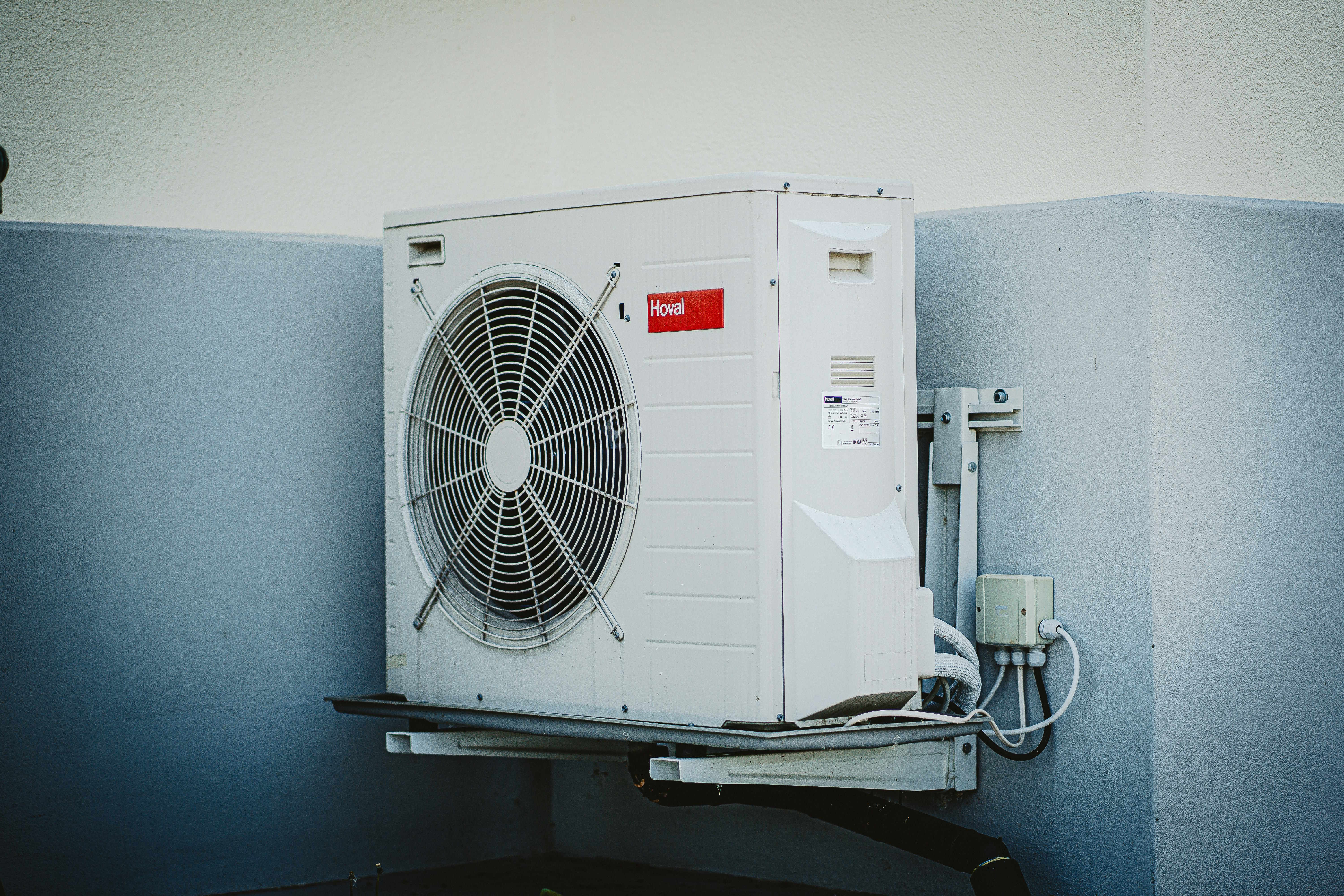HVAC Explained: A Complete Guide to Home Heating & Cooling
Learn how your home's HVAC system controls heating, ventilation, and air conditioning so you can keep indoor spaces comfortable year-round. This guide explains furnaces, heat pumps, refrigerant cycles, routine maintenance, repair signs, and estimated costs. Ideal for homeowners planning upkeep, upgrades, or replacements.

Essential Components of Heating Systems
Homes typically rely on either a furnace or a heat pump to provide warmth. Furnaces generate heat by burning fuel such as natural gas, propane, or oil, then distribute warmed air through ducts. Heat pumps work differently: they move heat from outside air or the ground into the house, and can also reverse to provide cooling. Both systems depend on ductwork or, in ductless setups, on wall-mounted air handlers to deliver conditioned air.
Understanding these heating components helps homeowners spot early warning signs. Common indicators of trouble include uneven room temperatures, persistent odor from the heating unit, frequent cycling, or unexplained spikes in energy bills. Early recognition of these clues can prevent small problems from turning into major repairs.
Key Aspects of Air Conditioning Systems
Air conditioning removes heat and excess humidity from indoor air by circulating refrigerant through a closed loop. The main parts involved are the compressor, which pressurizes the refrigerant; the condenser, where heat dissipates outside; the expansion valve, which reduces pressure and temperature; and the evaporator coil, which absorbs indoor heat. Together they transfer heat out of the home and deliver cooler, drier air back inside.
Proper operation depends on correct refrigerant levels, clean coils, good airflow, and a functioning compressor. Blocked filters, dirty coils, or refrigerant leaks reduce efficiency and increase wear on components, shortening the unit’s lifespan and raising operating costs.
The Importance of Professional HVAC Technicians
HVAC systems are composed of mechanical, electrical, and refrigerant-handling parts that require trained technicians for safe, effective service. Certified professionals are versed in system diagnostics, manufacturer specifications, safety protocols, and local codes. Routine service by qualified technicians helps maintain warranty requirements, ensures safe combustion in fuel-burning systems, and reduces the chance of carbon monoxide exposure or refrigerant mishandling.
Skilled technicians can optimize system performance, recommend efficiency upgrades, and provide accurate troubleshooting that DIY attempts may miss. For major repairs, refrigerant services, or installations, hiring licensed professionals reduces risk and increases the likelihood of a long-lasting, efficient system.
Common HVAC Maintenance Requirements
Regular upkeep preserves efficiency and extends equipment life. Homeowners should change or clean filters every 1 to 3 months depending on usage and filter type. Seasonal checks include inspecting ductwork for leaks, confirming thermostat accuracy, cleaning evaporator and condenser coils, and ensuring condensate drains are clear.
An annual professional tune-up usually covers burner or heat-exchanger inspections on furnaces, refrigerant checks for ACs and heat pumps, lubrication of moving parts, and safety control testing. Addressing unusual sounds, odors, or reduced airflow immediately can prevent more costly failures. With consistent maintenance, many systems reach 15 to 20 years, while neglected units often fail much sooner.
HVAC System Costs and Options
Choosing the right HVAC option requires balancing upfront cost, energy efficiency, and long-term operating expenses. Central air conditioners, heat pumps, and furnaces vary in price depending on capacity, efficiency ratings, and installation complexity. Ductwork condition, home size, and local labor rates also influence final costs.
| System Type | Average Cost Range | Installation Cost |
|---|---|---|
| Central AC | $3,000 - $7,000 | $2,000 - $4,000 |
| Heat Pump | $4,000 - $8,000 | $2,500 - $4,500 |
| Furnace | $2,500 - $6,000 | $1,500 - $3,000 |
| Complete HVAC System | $6,000 - $12,000 | $3,500 - $7,000 |
Prices, rates, or cost estimates mentioned in this article are based on the latest available information but may change over time. Independent research is advised before making financial decisions.
Making Smart Decisions About Upgrades and Replacements
When contemplating repairs or replacements, consider system sizing, efficiency ratings such as SEER for cooling and AFUE for furnaces, and available rebates or tax incentives for high-efficiency equipment. Oversized or undersized units can lead to poor comfort, higher energy bills, and shortened component life. A professional load calculation helps ensure correct sizing.
Energy-efficient models often cost more upfront but can deliver substantial savings on utility bills over time. Adding smart thermostats, zoning systems, or improving home insulation and sealing can enhance performance and reduce run times.
Final Considerations for Homeowners
Regular attention to your HVAC system protects comfort, indoor air quality, and household safety. Learn the basics of your system, schedule annual inspections, and act promptly on unusual symptoms. When in doubt, consult a licensed HVAC technician for assessments, repairs, or installations. Staying informed about system components, maintenance needs, and cost factors empowers you to make decisions that keep your home comfortable and energy-efficient year-round.






